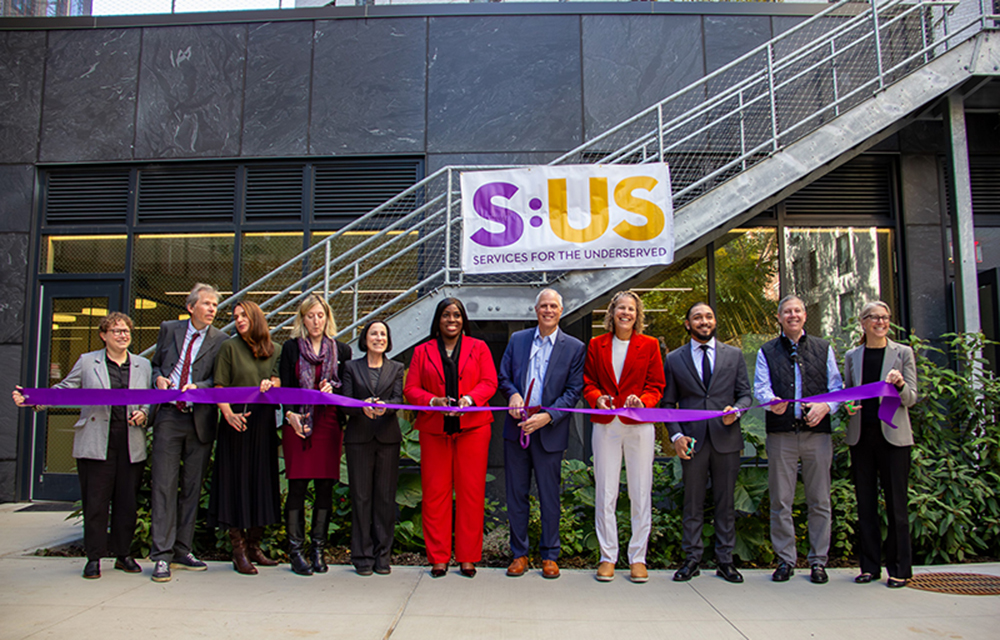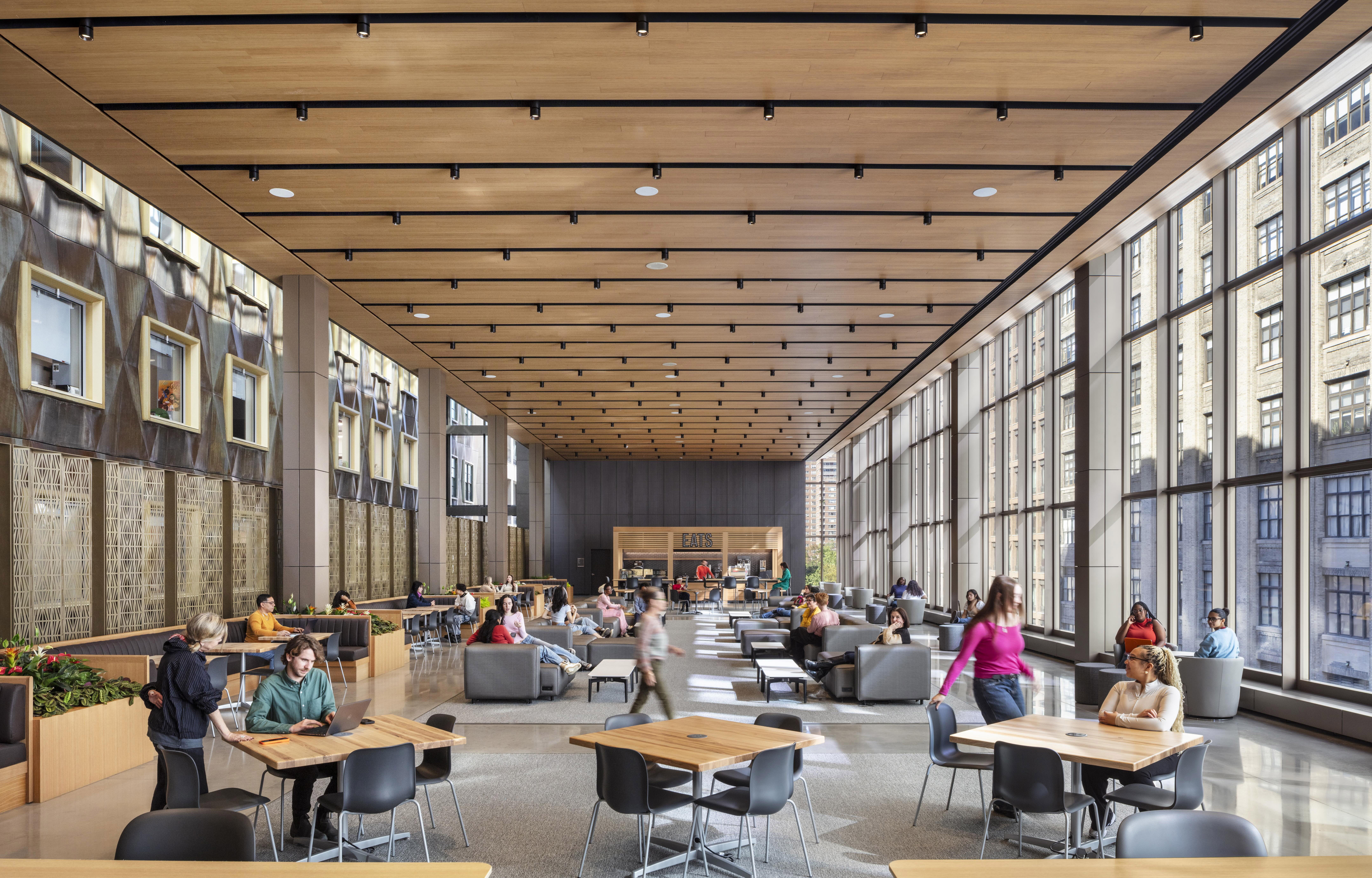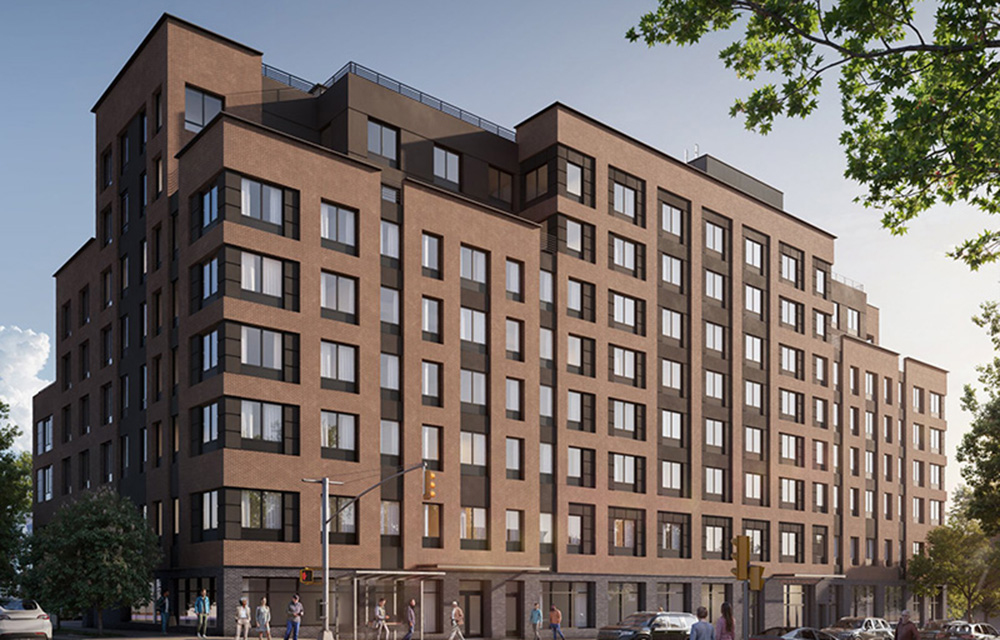Affordable housing design in the wake of a pandemic by Walter Marin

As we’re all aware, the media has been consumed by COVID-19 related-content for months, exploring every sector impacted by the pandemic. On top of the pandemic news, there has also been quite a bit of recent coverage on New York City’s 2021 affordable housing budget cuts. Taking all of this news into consideration, many architecture and design firms, including our team at Marin Architects, are starting to consider the implications this will have on design in the affordable housing sector. A few questions cross our minds. First, what does the future of affordable housing look like for our clients, and second, how will this impact the overall design concept?
The Effect of COVID-19 on the Population
The pandemic has disrupted almost every facet of our daily lives. Everything from shopping and going out to eat, to the spaces in which we work, have been altered by the novel coronavirus. There have been numerous “doomsday” articles circulating concerning the demise of the city, stating that many are fleeing in search of a more suburban lifestyle. However, this is not necessarily the case. These reports are not taking into consideration or evaluating certain populations. People who are leaving in droves have a place to run to, whether that be their parents’ home or second home. The rest, who are not leaving, don’t have the luxury of another place to go.
A percentage of this population also qualifies for affordable housing. Popular to contrary belief, many average New Yorkers are eligible for affordable housing. The system is set up to offer lower rents based on income. The demand for affordable housing may actually be greater in response to COVID-19, as many are looking to save money.
The Impact on Construction
In response to the pandemic and in accordance with city and state ordinances, most construction throughout the city was suspended until phase one of the mayor’s reopening plan. However, one sector that was able to remain operational was affordable housing construction. It was deemed an essential service, and continued operating at normal levels. Stagg Group, one of our clients at Marin Architects, introduced a new project while in the midst of the pandemic. Our partnering firms develop desirable one and two-bedroom residential units, while complying with local and state codes and regulations. Our partnership works to provide quality, affordable housing stock in the Bronx and the New York City metro area.
This holds true for many developers who specialize in affordable housing. They saw very minimal impact to their business as the demand and necessity for housing remains constant through any situation.
The Impact on Design
Aside from the demand for affordable housing post-pandemic, architects and designers have also started reevaluating and considering every design element within spaces, no matter how simple. Regardless of the type of project, CDC safety guidelines and a general clamor for healthier living have adjusted how spaces are conceptualized. Starting from the conception phase, developers are becoming more conscious of the image of affordable units. They are realizing that higher quality materials do not necessarily mean higher cost, but will produce a building that enhances the surrounding neighborhood. We have paid special attention to specific design elements, such as more attractive lobbies and hallways, larger windows to allow for more natural light, and longer lasting brick materials for the façade. All of these elements lead to a higher quality of life, which is a key highlight in a post-COVID world. We’re less focused on simply providing basic affordable housing requirements, and have transitioned to really understanding and building a wellness-focused space for those who may not be able to afford a luxury apartment.
In an attempt to provide healthier spaces for everyone, social amenities such as rooftop lounges and outdoor terraces will certainly become popular and even commonplace in these buildings. Offering a comfortable and safe space for residents within the building while still providing open air and natural spaces is not only beneficial to tenants’ health, but also to the entire city if we experience another wave of the pandemic. Isolation and containment would be easier to maintain.
There are various factors that have immediately taken effect in terms of design in response to the pandemic, such as social distancing and handwashing stations, and there will be plenty more that will be considered as time goes by. The full impact has not been seen yet, and projects under construction now are pre-COVID designs. We won’t see the full changes for another few years. For example, we’ll likely begin to consider a number of things such as the quality of air ventilation as well as alternative surfaces to help reduce the spread of germs on all high touch points, as well as smart technology for touch-free access.
Moving Forward
The future of affordable housing in a post-pandemic world is positive. The demand will likely increase, and developers and owners are taking into consideration the quality of life for tenants, not just simply providing basic housing. Overall, the entire industry is seeing enhancements in the way we live, which is always a good thing.
Walter Marin is the founder and senior principal at Marin Architects, New York, N.Y.
Troutbrook expands with boutique condo project and Marriott Fairfield Inn & Suites renovation








.gif)
.jpg)

.gif)